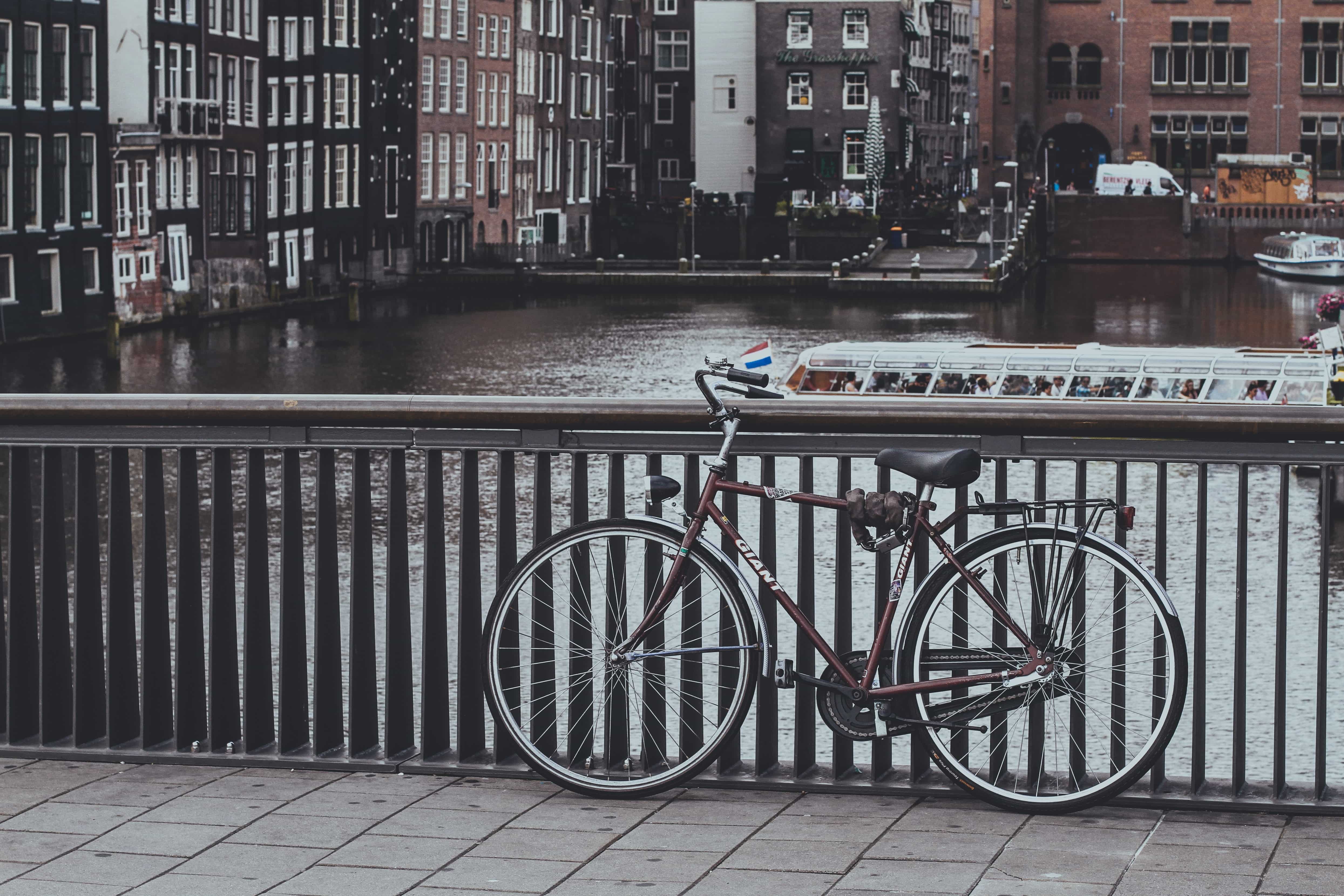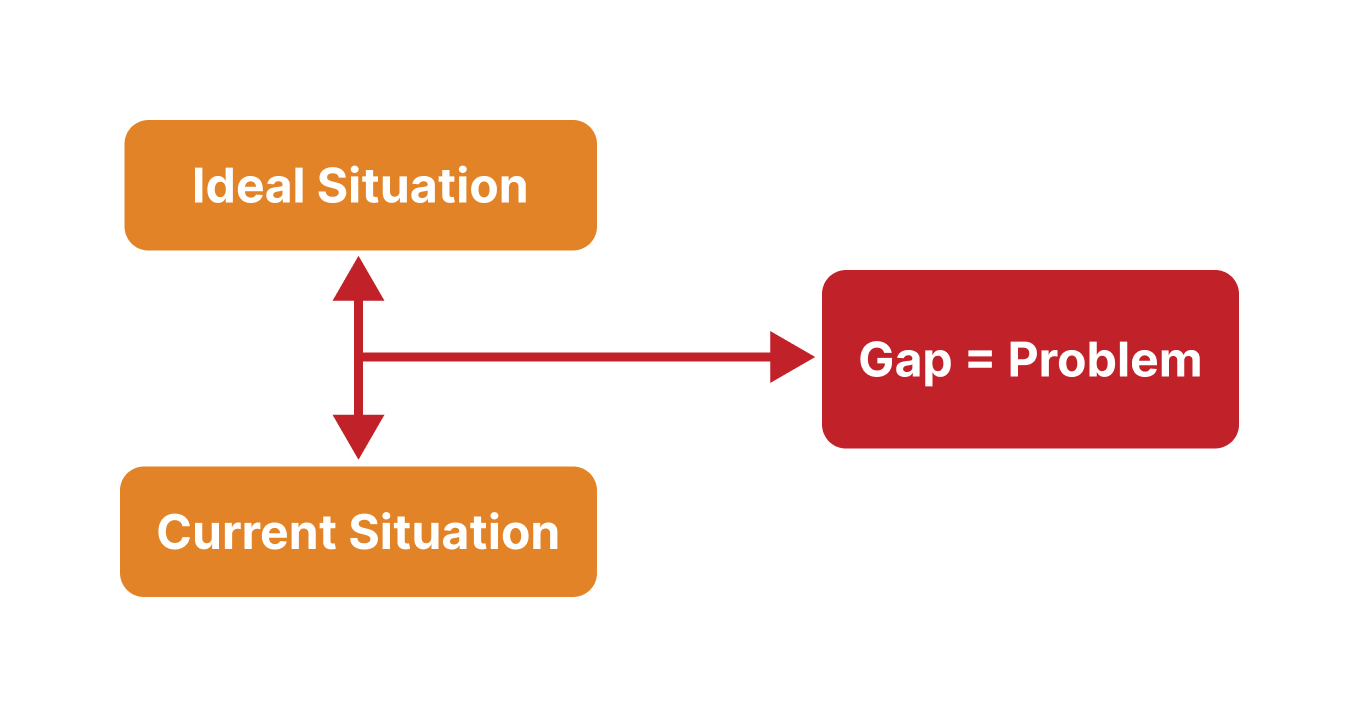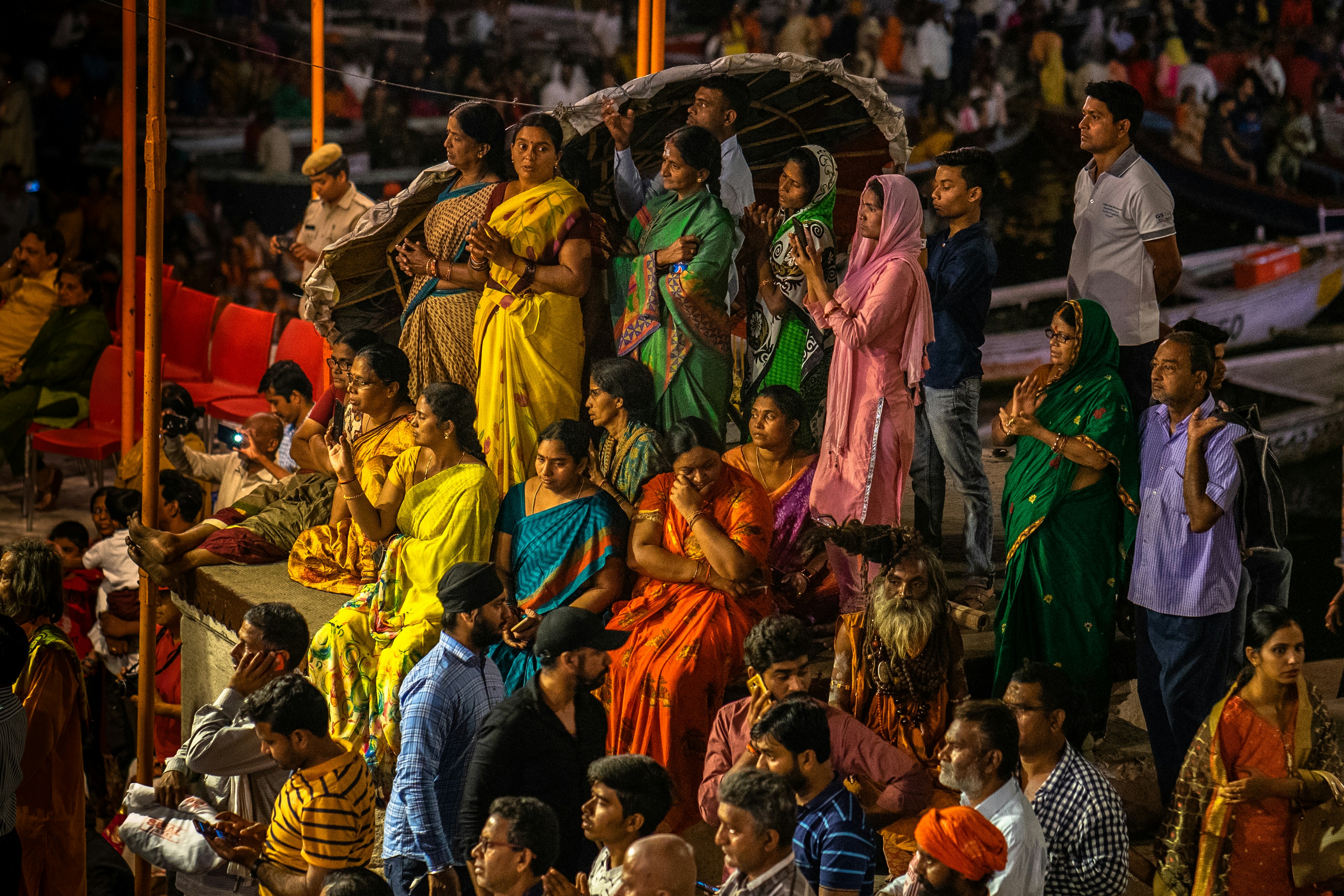
We all have problems. Big ones, complex ones, little irritating ones. As individuals, as teams, as organisations, as societies and as nations we have problems.
We’re going to focus today on cities in particular. Cities are incredibly complex systems and the organisations and individuals with the responsibility to keep cities moving can have incredibly difficult jobs. Diverse, and often ever-changing, residents and visitors; finite resources; and high expectations for services such as public mobility.
It’s not bad to have problems.
In fact, according to Taiichi Ohno, the father of the Toyota Production system:
“No one has more trouble than the person to claims to have no trouble”
...or put simply, having no problems is actually the biggest problem of all.
Having problems gives us opportunities for growth and progress. The problem with problems comes when we don’t actually understand the problem we are trying to solve. It happens all too often, and it makes resolving it that much harder.
Toyota have a framework to help better understand and break down problems. Understanding a problem starts with asking the right question;
Let’s use an example to better explain.
The end of the school year is approaching, and students will be tested on all of the material learned during the year. The teacher wants to ensure their best performance, and she recently learned about a new study technique called mind mapping which she thinks will lead to their success. So she presents herself with a problem she’d like to solve. “How can I implement the mind mapping technique to help my student study?”
There’s a problem with her problem. Her problem is actually a solution (the mind mapping study technique), so it’s not the right problem to solve.
What would be the right problem to solve? Using the Toyota Problem Solving Framework, we can pinpoint it.

The teacher needs to look at the current situation that her students are in. What is the average score of the tests they have been taking thus far? She can review their grades and calculate the number. Say the average score has been a 70% across all of the tests thus far.
Once she understands the current situation, she can set the set the ideal situation for her students. She determines that the ideal situation would be for all of the students to score a 90% or above on their tests.
With both the current situation and ideal situations outlined, she can clearly identify a 20% gap in the grades achieved on the tests.
Now she can present herself with the correct problem: how can I help my students perform 20% better on their end of the year tests?
With the correct problem identified, she can now follow the next steps to analyze the root cause of the problem and then develop the right counter measures or solutions to best help her students.
Once she has analyzed the root cause for the problem, perhaps mind mapping will be the correct solution, but maybe not. Maybe she will find any number of other study methods (flash cards, high lighters, group study) might suit her students better. The right process will help lead her to the best counter measure.
It can be tempting to jump straight to 'solution sets' in order to solve the problem quickly. If we don’t take time to properly analyze the problem, we might not arrive at the best solutions.
In the Sustainable Cities Challenge, we’re currently looking for cities to enter with a problem or challenge they’re looking to address.
When you fill out the entry form and answer the questions regarding the specific problem or challenge that you’d like to address, you can apply the simple approach outlined above - share data about the current situation in your city related to the theme that you select. Then highlight the evidence you have and the goals you have to describe the ‘ideal’ situation in your city. This will help surface the existing gap. Then, through the Challenge together can identify innovative solutions that could help to close the gap between the current and ideal situation.
In the Challenge, we are looking for a problem that is not currently being addressed by existing processes, and you may not know where the best solution could come from. It’s in situations like this where open innovation challenges can be most impactful, identifying and supporting innovative solutions that will have a tangible impact.
We will be providing our 10 shortlisted cities for the Sustainable Cities Challenge a deeper dive into Toyota Problem Solving concepts as a part of our capacity-building City Academy in November 2023.
If you are interested in learning more and participating in the Sustainable Cities Challenge, check out the website at sustainablecitieschallenge.org or email us at [email protected]. Entries are open until 18th September 2023 at 4pm UTC.
